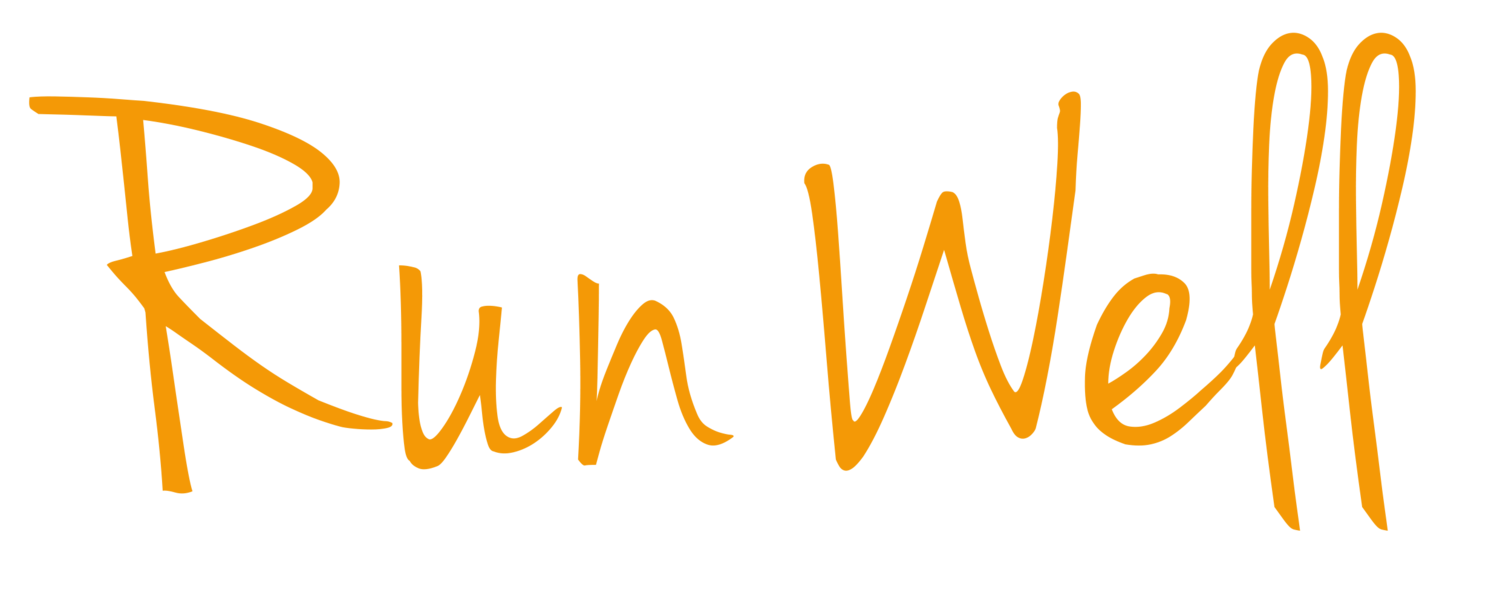Good runners are strong runners are fast runners.
If you want to get stronger, and faster, do hill repeats. Simple.
Run hills for strength & speed
Hill running has been a feature of world champion runners for decades, and the likes of Arthur Lydiard, Herb Elliot, Sebastion Coe and the like are proof of the pudding as to the effectiveness of hill running for developing strength, and speed.
To get the most out of your hill training session, here's a few important tips to follow.
Firstly, why is hill running effective?
In the same way as athletes lift heavier weights to build strength, hills offer greater resistance hence greater force requirements to run. While track running is great for developing leg speed and pace, it's hills that force us to generate maximum force. As such, you get stronger at running. Not only that, but running hills forces us to pick our feet up and drive our knees forward, keeps our feet under our hips, and encourages glue drive - all vital ingredients to good running form!
In addition to this, we can target all three types of muscles fibres at the same time - fast twitch that are powerful but fatigue quickly, intermediate and slow twitch that are less powerful but more fatigue resistant as these work aerobically benefiting endurance athletes. As a result of this effect, hill training is great for sprinters and endurance athletes alike.
As we run hills we recruit these fibres in order; slow twitch first, add intermediate ad fast twitch when our force requirement if greatest. With this in mind, we can design our hills session to the recommended duration and intensity to target the most relevant fibre types.
love the hill run!
What session is best for our Endurance ( marathon ) athletes?
Long Hill Runs:
The long run is the most important element in the marathoners training program. This is because we need lower intensity, longer duration workouts to build the necessary endurance capabilities of our muscles, thus targeting our slow-twitch fibres.
Adding long hills to your training will help to increase the development and recruitment of all of your slow-twitch fibres, as well as intermediate fibres as things get tougher the longer the hill, and harder you push.
Try to find a hill that is long, gradual and moderately steep that takes between 4-6 minutes to complete. You can repeat this as a circuit 2-3 times or more as you get stronger and fitter. Ensure you have adequate recovery between hill repeats so that you are running well, and don't get too fatigued. Longer hills should be strong and steady, with good form and within your aerobic threshold.
Alternately, if long hills are a bit hard to find ( inner Melbourne ) you can find a shorter hill, say 400m as per Anderson Street, at the Tan is ideal. You can push this a bit harder but still stay comfortably hard, and repeat 4-8 times as you progress.
Look for hills that take 30 seconds, 60 seconds, 90 seconds and perform repeats with as much as 2-4 minutes recovery between sets. You'll be working up toward your lactate threshold a bit more with these, so again plenty of recovery to maintain good form and quality of your running.
Finally, very few weeks try to incorporate an undulating hilly run as your Long Run, or maybe a trail run for a similar effect.
Hills runs work. Do these every 2-3 weeks, not too often and you'll feel the benefits soon enough.
















